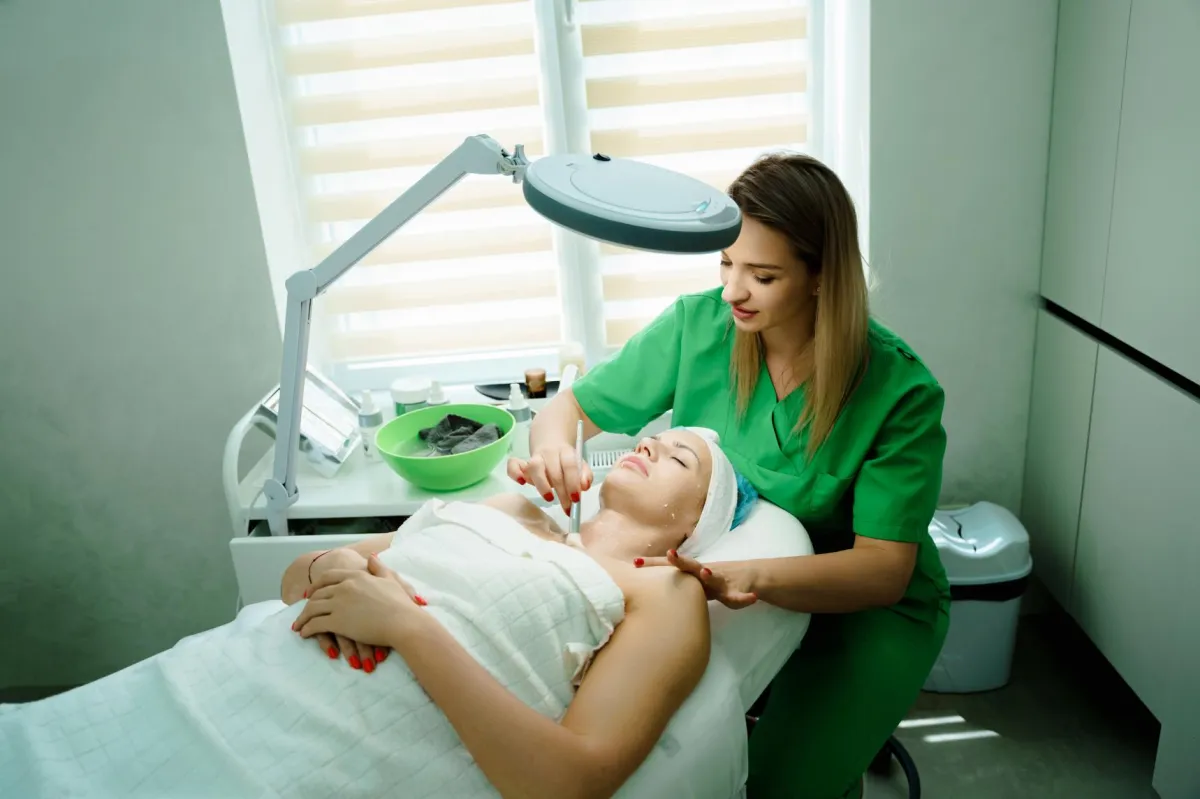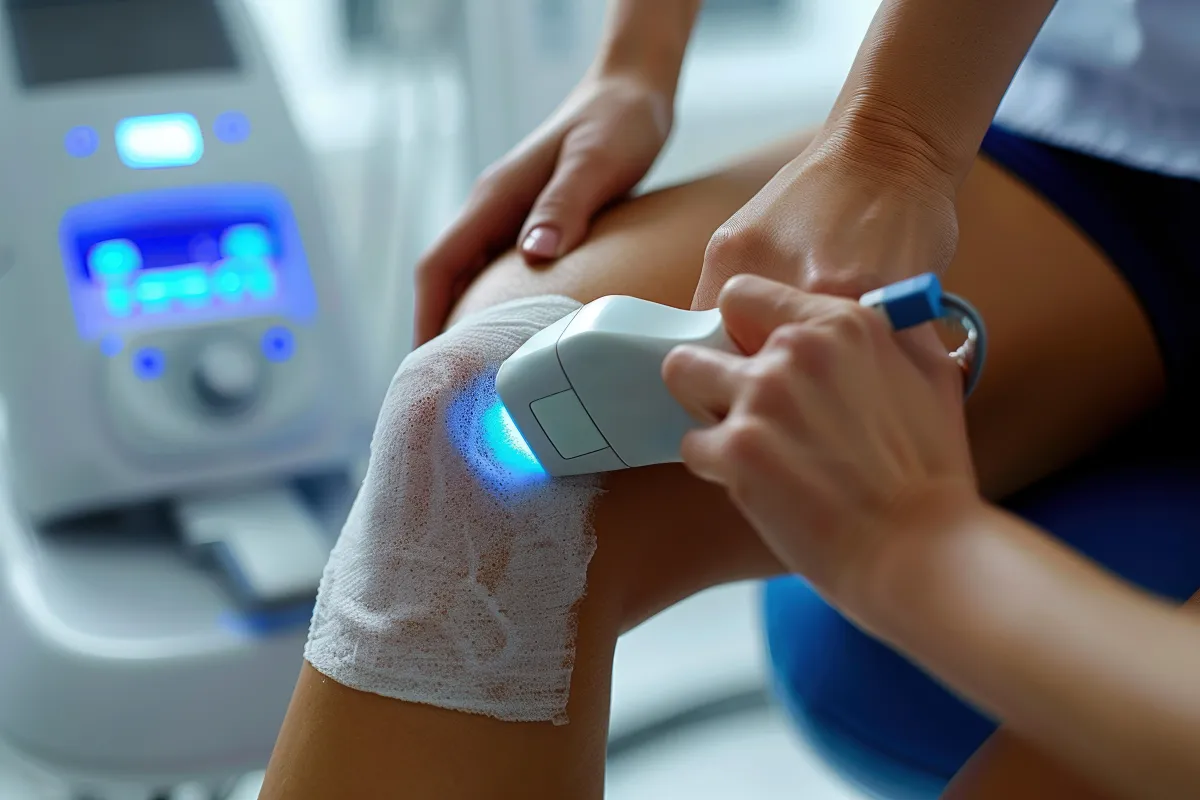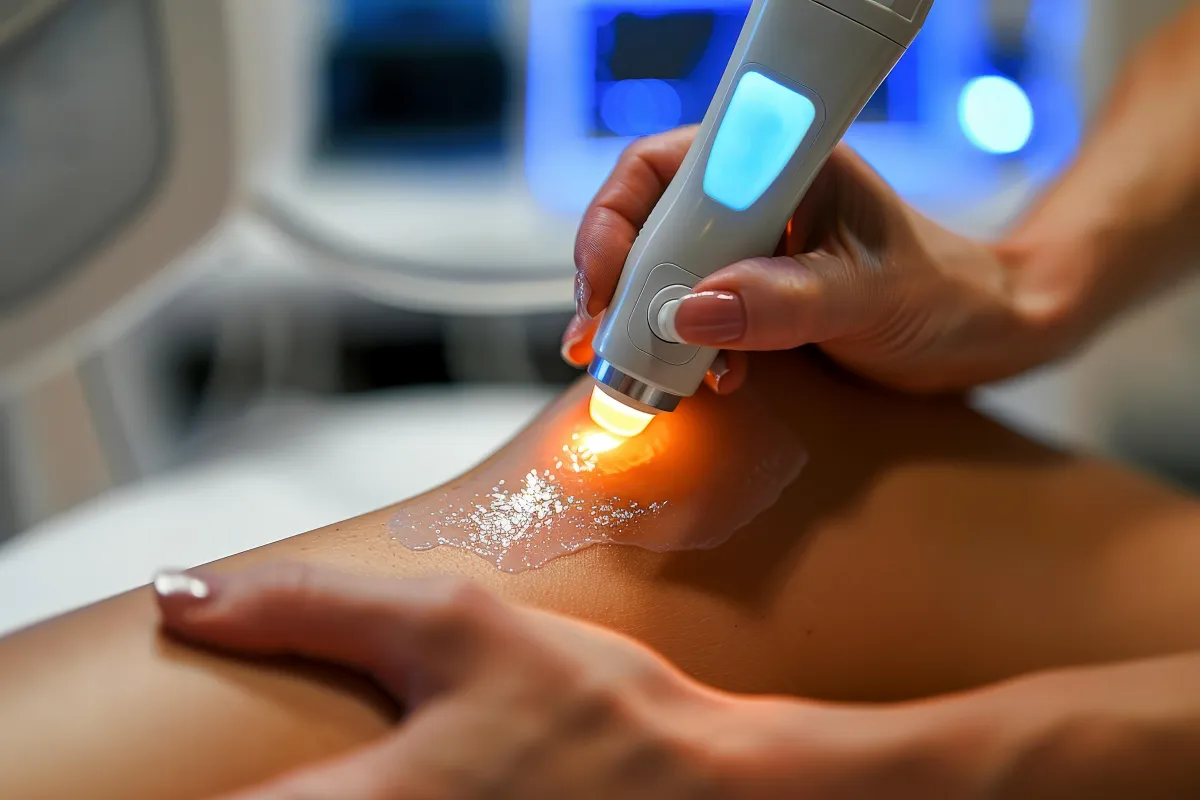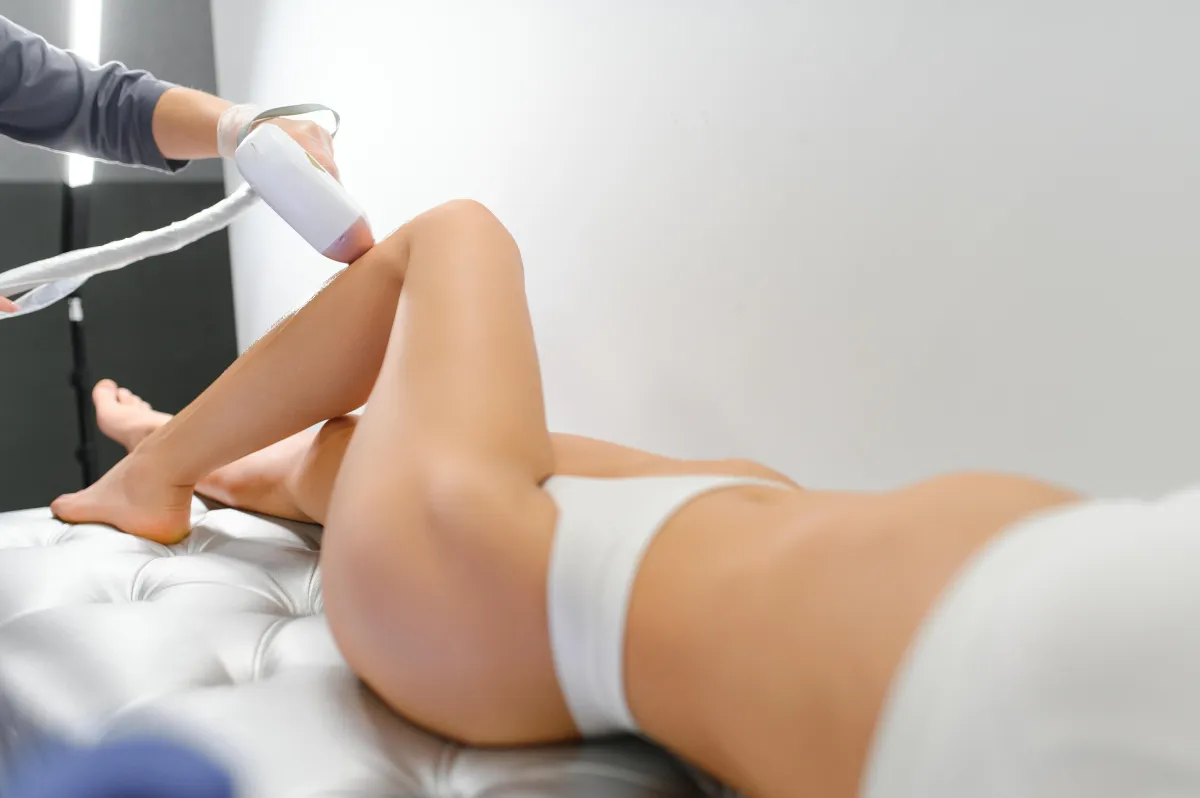(469) 708-0005
Advanced Regeneration
Providing Cutting-Edge Regenerative Therapies to Restore Function, Reduce Pain, and Enhance your Quality of Life in Dallas Texas
8215 Westchester Dr. # 221 Dallas, TX 75225
Highland Park | Dallas County
Advanced Regeneration
Providing Cutting-Edge Regenerative Therapies to Restore Function, Reduce Pain, and Enhance your Quality of Life in Dallas Texas
8215 Westchester Dr. # 221 Dallas, TX 75225
NBC DFW
Discover the Advanced Regeneration Difference
Learn how our cutting-edge therapies and personalized care make a difference in skin rejuvenation, pain relief, and body sculpting. Our specialists at Advanced Regeneration in Dallas are dedicated to delivering results with advanced technology and a commitment to patient wellness.
Advanced Laser Tech
Customized Care Plans
Visible Results
We Deliver Premium Experiences to Our Clients

Expert Team
At Advanced Regeneration combines extensive training with a deep passion for helping clients achieve optimal wellness and aesthetic results. Each professional on our staff, from licensed estheticians to certified medical practitioners, brings specialized expertise and dedication to providing the highest standard of care. We continuously advance our skills and stay updated on the latest treatments and innovations to ensure that you’re in knowledgeable, caring hands every step of the way.



State-of-the-Art Treatments
Advanced Regeneration offers a wide range of state-of-the-art treatments designed to address various skin concerns. Whether you're looking for anti-aging solutions, acne treatments, or simply a relaxing facial, our cutting-edge technology and customized treatment plans will help you achieve your skincare goals. Experience the perfect blend of science and luxury with our premium services.
HOW WE CAN HELP!
Why Laser Therapy at Advanced Regeneration?
Advanced Regeneration is your sanctuary for healing and
wellness. Our devotion to your vibrant health, combined with our
revolutionary technology and advanced treatment protocols,
makes us an industry leading provider of High Intensity Laser
therapy for pain reduction and tissue regeneration. In addition,
our expertise in using HILT and our unique evaluation method
allows us to identify an area of damage and inflammation in a
patient’s body in record time. It helps to accelerate the healing
process and achieve greater treatment outcome. Advanced
Regeneration is the only clinic in Dallas that offers Double Laser
Therapy for patients with multiple injuries or those who recover
after severe falls or car accidents. During the procedure, two
technicians work on you simultaneously to expedite your healing
and save you time and money in the process. We take pride in our
personalized approach and result oriented treatment protocols.
Call our team that cares and start your healing today!
Indulge in a spectrum of Rejuvenating Services at Advance Regeneration, where wellness is crafted with a personal touch.

Cold Laser Therapy
Cold Laser Therapy, uses low-intensity light to penetrate deep into tissues, promoting cellular repair and reducing pain and inflammation. This non-invasive treatment is effective for chronic pain, injuries, and joint discomfort, offering a safe and drug-free approach to healing and recovery

CryoSkin Facial
The CryoSkin Facial is a rejuvenating treatment that uses cold temperatures to increase blood flow and collagen production, reducing fine lines, wrinkles, and puffiness. This non-invasive facial tightens and tones the skin, leaving you with a refreshed, radiant, and youthful glow—perfect for boosting skin health and appearance naturally

ThermiSmooth
ThermiSmooth is a non-invasive skin rejuvenation treatment that uses radiofrequency energy to gently heat the skin, stimulating collagen production and reducing fine lines, wrinkles, and sagging. Ideal for the face and neck, it provides a smoother, tighter, and more youthful appearance with no downtime.

CryoSkin Slimming and Toning
Cryo Toning & Slimming combines advanced cold therapy to address both skin and body contouring needs. This treatment enhances collagen production and microcirculation to tighten and rejuvenate the skin while targeting and freezing stubborn fat deposits for effective fat reduction. The result is a smoother, firmer appearance and a more sculpted body—all achieved through a non-invasive, pain-free procedure with no downtime.

Male ED Therapy
Male ED Therapy offers advanced, non-invasive solutions for erectile dysfunction by improving blood flow and tissue health. Using innovative techniques like shockwave therapy or platelet-rich plasma (PRP), these treatments enhance performance and restore confidence.

(HILT) High Intensity Laser Therapy
High intensity laser therapy is a powerful, non-invasive therapy that utilizes specific wavelength of light to interact with tissue to help accelerate the healing process. The cumulative effect of exposure to laser light energy reduces inflammation, alleviates pain and speeds tissue repair in record time.
Frequently Asked Questions
What conditions can Cold Laser Therapy treat?
Cold laser therapy is effective for reducing pain and inflammation associated with conditions like arthritis, back pain, sciatica, and sports injuries. It’s designed to promote healing at the cellular level, making it useful for chronic pain and injury recovery.
How does CryoSkin Slimming and Toning work?
CryoSkin treatments use cooling technology to target fat cells and tighten skin. For slimming, it focuses on reducing fat in specific areas, while the toning option helps enhance skin elasticity and improve texture. Most patients see visible results within a few sessions.
What should I expect during a PRP Therapy session?
Platelet-Rich Plasma (PRP) therapy involves drawing a small amount of blood, processing it to concentrate the platelets, and then injecting it into targeted areas. This can boost natural healing, making it beneficial for both pain relief and skin rejuvenation.
What are the benefits of Shock Wave Therapy for ED?
Shock Wave Therapy uses sound waves to stimulate blood flow and tissue regeneration, helping improve erectile function without surgery or medication. It’s a non-invasive option, with minimal discomfort and no downtime, suitable for many men experiencing ED.
How many treatments are typically needed for optimal results?
The number of treatments varies by service and individual goals. For Cold Laser Therapy and PRP, several sessions may be needed for lasting results. CryoSkin and ThermiSmooth may show results within a few treatments, while body sculpting and ED therapies might require more sessions based on individual responses.
Are the treatments painful or do they require downtime?
Most treatments at Advanced Regeneration are minimally invasive and involve little to no discomfort. Procedures like CryoSkin, Cold Laser Therapy, and ThermiSmooth are non-surgical, with many clients resuming daily activities immediately afterward. We’ll discuss any potential side effects and what to expect during your consultation.
Hours Of Operation
Monday - Friday: 9:00AM - 5:00PM
Saturday: 10:00AM - 4:00PM
Sunday: CLOSED
We are in office based on appointments
Call to schedule an appointment or
click the book now button.


